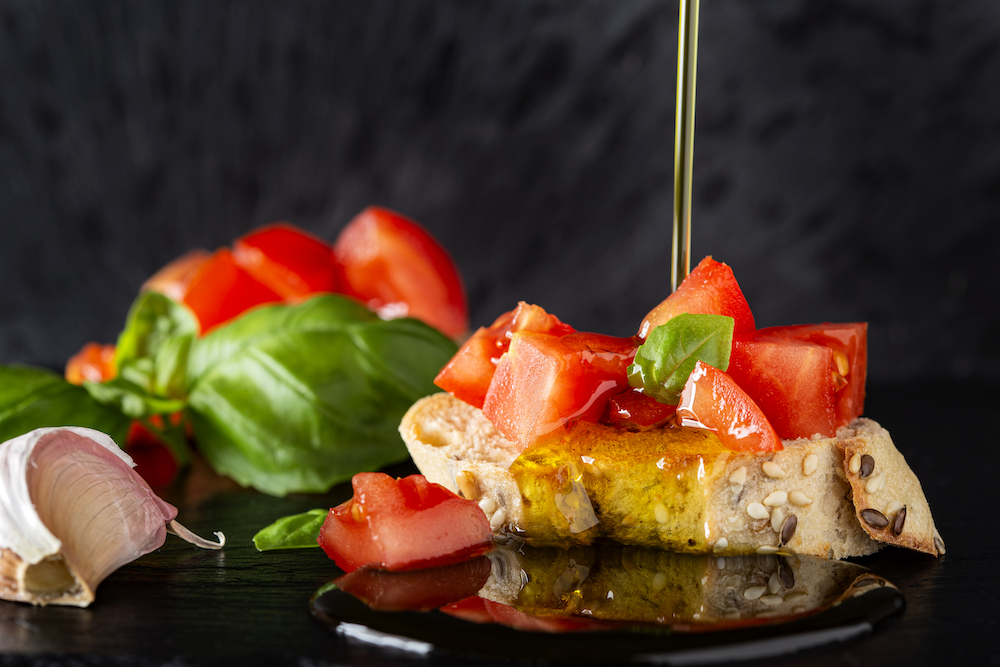You don’t need a plane ticket to taste Italy — just a few great ingredients and a sense of curiosity. Italy’s food culture is not monolithic; it’s a mosaic of micro-regions, each with its own ingredients, traditions, and culinary secrets. From coastal Liguria to the volcanic plains of Campania, each bite tells a story of place, heritage, and passion passed down through generations.
Emilia Romagna: Where Time Makes the Flavor
Tucked into the heart of Emilia-Romagna, Modena is known around the world for its Balsamic Vinegar of Modena PGI — a product born from patience, craftsmanship, and tradition. This vinegar isn’t just a condiment; it’s the result of cooked grape must aged in wooden barrels, often for years, until it thickens and darkens into a syrupy, aromatic liquid.
Its balance of sweet and tangy flavors makes it incredibly versatile: drizzle it over ripe strawberries, grilled peaches, Parmigiano Reggiano, or a warm spinach salad. It’s also perfect as a finishing touch to meat or fish, or even a scoop of vanilla gelato. A small spoonful carries the depth and dignity of centuries of Italian culinary artistry.
Liguria: The Coastal Home of Pesto
Head northwest to Liguria, a region hugging the cliffs of the Mediterranean Sea. This is the birthplace of pesto alla Genovese, a raw, vibrant sauce made with fresh basil, pine nuts, garlic, Parmigiano, and extra virgin olive oil — all pounded together in a marble mortar with a wooden pestle, as tradition demands.
This green gem is summer in a bowl: bright, herby, nutty, and deeply aromatic. While it’s classically served with trofie or trenette pasta and green beans or potatoes, it’s also beautiful stirred into soups, spread on grilled bread, or swirled into creamy dips. Just a spoonful evokes the scent of basil-filled balconies overlooking the sea.
Expressions of Regional Identity

Campania: Tomatoes Grown in Fire-Kissed Soil
As you travel south, you’ll reach Campania, the region that gave the world San Marzano tomatoes. These long, sweet, low-acid tomatoes thrive in the rich, mineral-packed soil at the base of Mount Vesuvius. Protected by a PDO label, they’re considered the gold standard for Italian sauces.
Crushed, simmered, or even eaten raw, San Marzano tomatoes are the foundation of classic southern dishes: tomato sauce pasta, wood-fired Neapolitan style pizza, eggplant parmigiana, or even pappa al pomodoro. Their flavor is rich yet balanced — never overwhelming, always comforting. It's a tomato that doesn’t need to prove anything; it simply is.
Calabria: Spice and Soul from the South
In the toe of Italy’s boot lies Calabria, a region known for fiery food and bold flavor. Here, spicy cured meats are a staple — and none is more emblematic than hot Spianata. Made from finely ground pork, chili peppers, and carefully selected spices, this flattened salami packs heat and depth.
Hot Spianata is a revelation on charcuterie boards, in sandwiches, or diced into pasta and pizza. Its slow burn and smoky aroma reflect Calabria's sun-drenched intensity and culinary confidence. One bite brings a bold splash of southern soul to your plate.
Tuscany: Golden Drops of Olive Tradition
Finish your journey in Tuscany, where Extra Virgin Olive Oil is more than just a cooking staple — it’s a cultural icon. Harvested from groves that roll over Tuscan hills like green waves, the olives are pressed within hours to produce an oil that is fresh, grassy, and slightly peppery. High-quality olive oil transforms simple dishes into rich, layered experiences. In Tuscany, it’s not just a fat — it’s flavor, aroma, and history in liquid form.
These five ingredients — balsamic vinegar, pesto, San Marzano tomatoes, spianata piccante, and extra virgin olive oil — are more than pantry staples. They are expressions of regional identity, rooted in land, climate, and centuries of know-how. Together, they offer a complete tour of Italy’s culinary soul.
 FiorFiore USA
FiorFiore USA